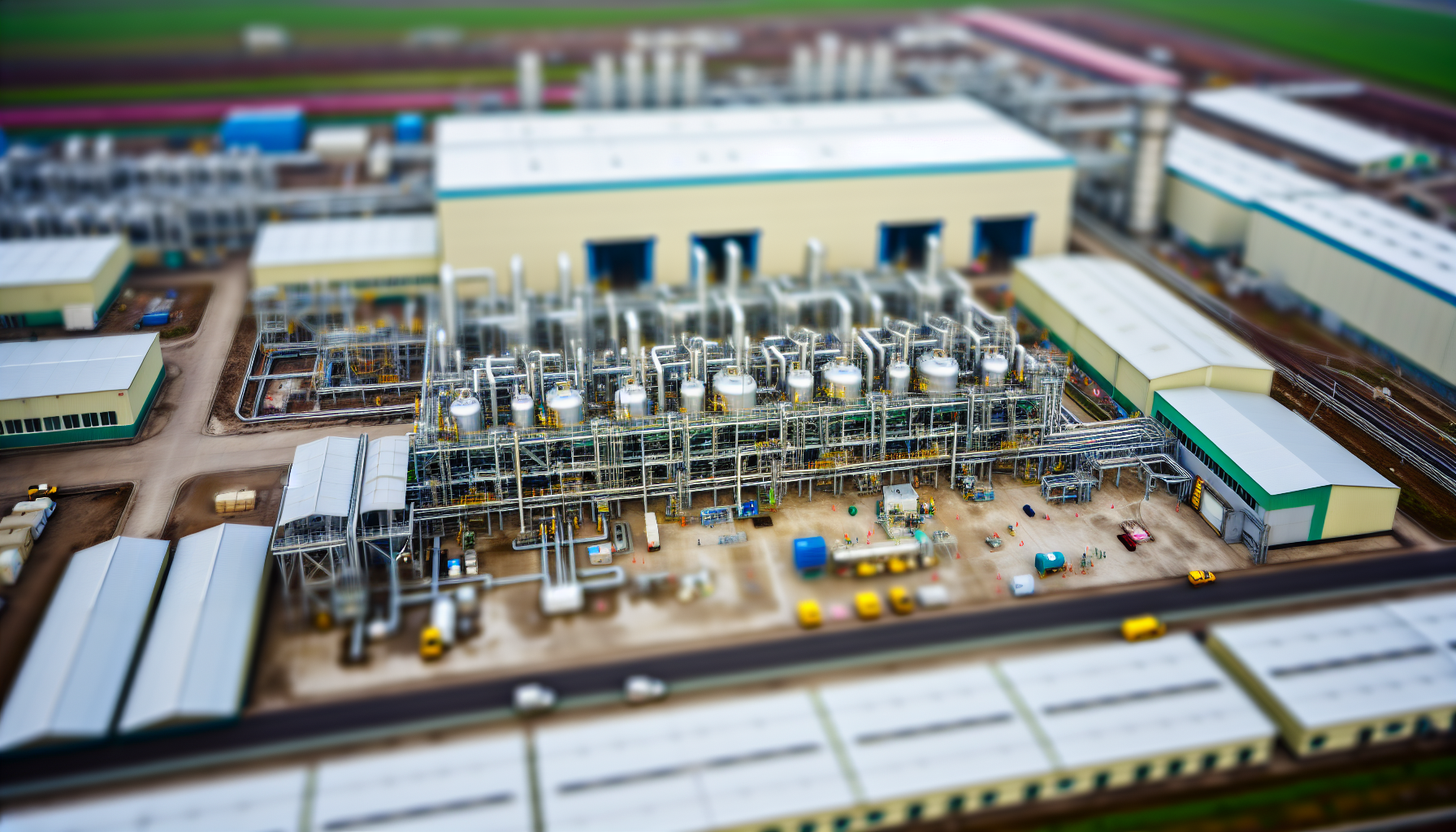Health risks associated with ethylene oxide exposure can be severe. Classified as a human carcinogen, it may cause various cancers. Workers exposed to levels above OSHA’s PEL may face heightened health risks, making it crucial to implement robust gas detection systems. The American Conference of Governmental Industrial Hygienists (ACGIH) has set a Threshold Limit Value (TLV) of 0.1 ppm, reinforcing the urgency for accurate monitoring solutions. Healthcare professionals often recommend comprehensive monitoring protocols, especially in facilities that must adhere to both OSHA and Environmental Protection Agency (EPA) standards.
Identifying the Limitations of Traditional Gas Detection Methods
Traditional gas detection methods often struggle to provide adequate safety assurances in environments where ethylene oxide is present. Common challenges include a lack of real-time monitoring capabilities, which can lead to delayed responses to rising gas concentrations. Older detection technologies might rely on indirect methods, which can yield false readings or completely miss low-level exposures. This limitation can pose severe health risks, highlighting the need for more rigorous monitoring systems.
The importance of real-time monitoring for safety cannot be overstated. Immediate detection of changes in ethylene oxide concentration allows for prompt remediation actions, thus protecting workers from potential exposure. In contrast, outdated equipment can leave facilities vulnerable to incidents, making a compelling case for upgrading to advanced detection systems to bolster workplace safety.
Evaluating Key Features in C2H4O Detector Selection
When it comes to C2H4O detector selection, understanding the key features that enhance detection capabilities is critical. High sensitivity is paramount; effective detectors should meet or exceed detection capabilities as defined by regulatory guidelines. This sensitivity is crucial not only for meeting OSHA regulations but also for safeguarding employee health.
Moreover, response time is a pivotal consideration in high-risk environments. The ideal detector should respond quickly to changes in ethylene oxide levels, minimizing the exposure window. Such rapid response can significantly reduce health risks and improve emergency readiness, allowing for immediate action if an unsafe concentration is detected.
Range and detection thresholds also play essential roles. A robust ethylene oxide detector should monitor both high and low concentrations, with alerts calibrated to trigger according to OSHA’s action level. This level of sensitivity ensures that even slight increases in ethylene oxide concentration are promptly addressed, further reinforcing workplace safety.
Exploring Advanced Technologies for Ethylene Oxide Monitoring
Modern advancements in gas detection technologies have transformed ethylene oxide monitoring. For instance, photoionization detectors (PIDs) and infrared sensors are particularly effective, with the ability to detect ethylene oxide concentrations as low as 1 ppb. These technologies leverage real-time monitoring, providing a significant edge over traditional methods by ensuring continuous safety for workers.
Multi-gas detection capabilities add versatility to modern monitoring devices. While the discussion of multi-gas detectors is relevant, the specific belief that they streamline safety procedures for ethylene oxide monitoring requires further context as the research does not specifically mention the advantages for ethylene oxide alone.
Portability and ease of use are also pivotal features. Portable detectors permit flexibility, allowing for monitoring at various points within an industrial facility, ensuring that all potentially hazardous areas are covered. This adaptability is vital for comprehensive ethylene oxide monitoring, as conditions can vary greatly across different sections of a facility. An option to consider is the GasD8000 Portable Gas Detector for enhanced mobility and safety.
Implementing Effective Ethylene Oxide Safety Protocols
Integrating robust gas detection systems within your industrial processes is essential for ensuring worker safety. Best practices include establishing clear operational guidelines that adhere to regulatory standards, such as those set by OSHA and the EPA. Implementing systems that leverage real-time monitoring capabilities—alongside automated alerts for ethylene oxide concentrations—maximize safety and reduce the risk of exposure.
Training staff on the correct use and maintenance of gas detection devices cannot be overstated. Regular training sessions must include calibration practices, emergency response actions, and general maintenance to instill a deep understanding of operational procedures. Furthermore, establish clear emergency response protocols to quickly address any detected leaks, ensuring that all workers are aware of immediate actions required when a gas alarm is triggered. This comprehensive approach greatly enhances workplace safety and compliance.
Selecting the Right C2H4O Detector for Your Operations
When selecting the right ethylene oxide gas detector, key considerations should govern your decision. Focus on detecting sensitivities as outlined by regulations and response times that meet safety standards, as these are critical specifications that optimize detection capabilities. It’s also beneficial to compare different brands and models of C2H4O detectors, assessing features like multi-gas detection capabilities and technological advantages to ensure seamless integration into your operations. Prioritize after-purchase support and calibration services; ongoing maintenance is essential to ensure your detector continues to perform accurately over time.
Comprehensive Solution for Ethylene Oxide Monitoring
Interscan specializes in advanced gas detection technologies, focusing specifically on ethylene oxide monitoring solutions tailored to meet the rigorous demands of industrial applications. Our reliable detectors offer optimal sensitivity, real-time readings, rapid response times, and user-friendly interfaces to ensure that your workplace remains safe and compliant. By selecting Interscan, you invest in state-of-the-art solutions that effectively address the unique challenges and risks associated with ethylene oxide detection, ensuring a safer working environment for all.
The importance of selecting the right gas detector and implementing effective monitoring protocols cannot be overstated. By prioritizing safety through advanced detection technologies and comprehensive training, organizations can safeguard worker health and enhance operational reliability and compliance with regulatory standards. For more information or to request a quote from Interscan, visit our website.


